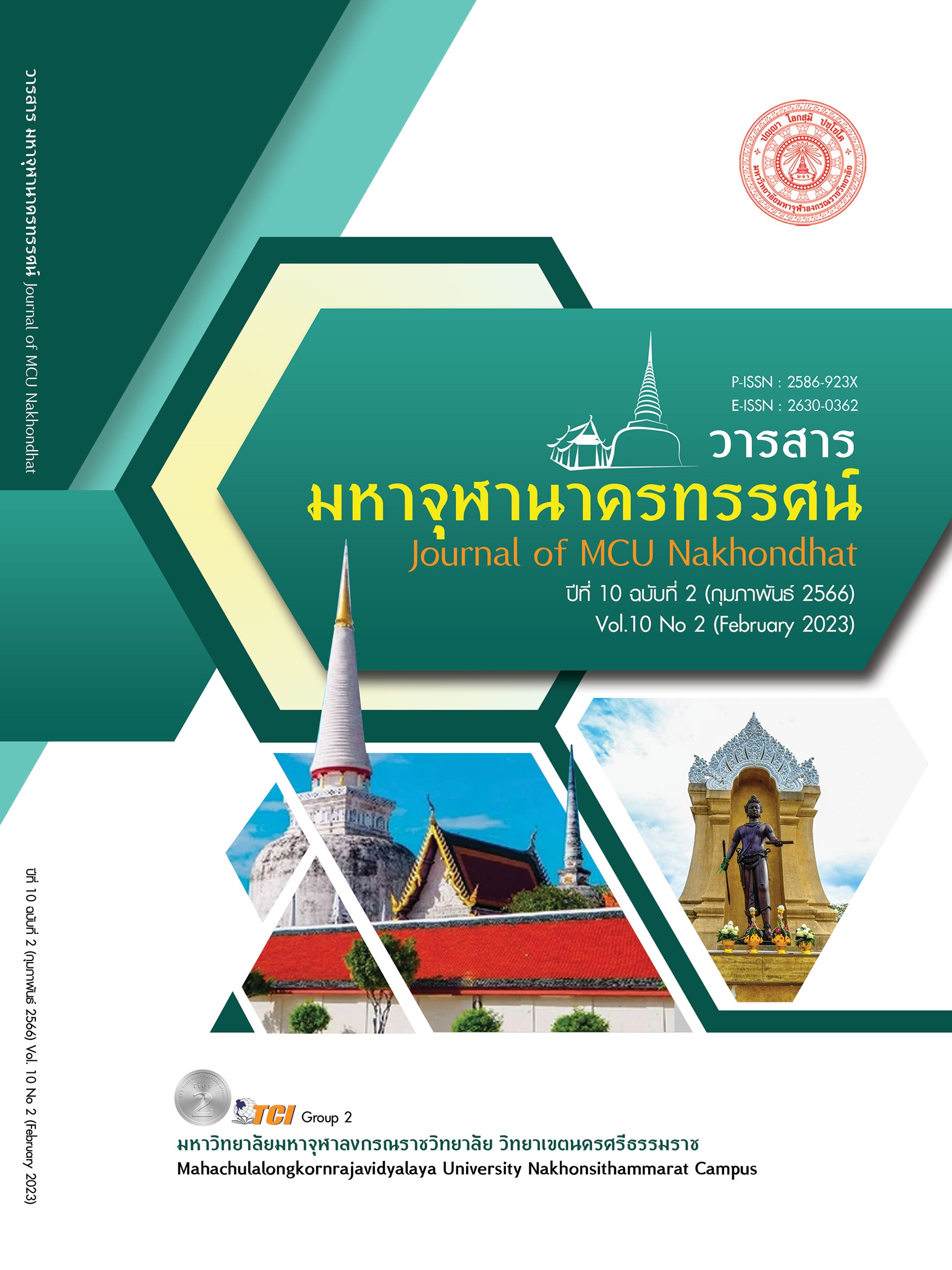POPULARITY OF CHOOSING FOB AND CIF FOR INTERNATIONAL CONTAINER TRADE
Main Article Content
Abstract
The objectives of this research article were to study the reason of choosing FOB and CIF for international container trade. This qualitative research is composed of gathered data from the academic articles, statutory provisions and textbooks. The findings revealed that the International Chamber of Commerce (ICC) encourages the use of ‘any mode of transport’ terms (FCA, CPT, CIP, DAP, DPU and DDP) instead of the ‘maritime’ Incoterms (FAS, FOB, CFR and CIF). According to the ICC, maritime terms are not appropriate, and thus should not be used in container trade. But in practice, the parties still choose FOB or CIF for an international container trade. There are two reasons for choosing FOB and CIF for international container trade. First of all, the issuing bank has set the documents that the seller must tender a ‘on board’ bill of lading for L/C payment, in order to ensure that the goods have been loaded on board the vessel. The issuing bank therefore requires a container trade to be contracted at the price under FOB or CIF. Secondly, if the deal is agreed with FCA, the risk in the goods is transferred from the seller to the buyer at the time the goods are delivered to the carrier. So before the containers are lifted on board the ship, the buyer has to pay the Terminal Handling Charges (THC). When the buyer does not want to pay the Terminal Handling Charges (THC), the buyer still chooses the FOB.
Article Details

This work is licensed under a Creative Commons Attribution-NonCommercial-NoDerivatives 4.0 International License.
References
กฤตภาส อิสราพานิช. (2564). คุณรู้จักระบบการขนส่งตู้คอนเทนเนอร์ทางทะเลไหม. เรียกใช้เมื่อ 23 พฤษภาคม 2564 จาก https://www.tpa.or.th/publisher/pdfFileDownloadS /QM166_p025-30.pdf
กำชัย จงจักรพันธ์. (2559). กฎหมายการค้าระหว่างประเทศ. พิมพ์ครั้งที่ 7. กรุงเทพมหานคร: สำนักอบรมศึกษากฎหมายแห่งเนติบัณฑิตยสภา.
ปวีณา รุ่งสุวรรณรัชต์. (2563). การเปรียบเทียบรูปแบบการขายอินโคเทอมระหว่างทางทะเลและทางบก:กรณีศึกษาการส่งออกน้ำตาลบรรจุกระสอบ. เรียกใช้เมื่อ 17 พฤศจิกายน 2565 จาก https://so02.tci-thaijo.org/index.php/GSC/article/view/241420
สถาบันวิจัยเพื่อการพัฒนาประเทศไทย (TDRI). (2558). รายงานฉบับสมบูรณ์โครงสร้างรายการค่าใช้จ่าย. เรียกใช้เมื่อ 5 พฤศจิกายน 2565 จาก https://tdri.or.th/wp-content/uploads/2016/03/2015_07_THC_Final-report-150702.pdf
สำนักอบรมและศึกษากฎหมายแห่งเนติบัณฑิตยสภา. (2563). Incoterm และการชำระราคา. เรียกใช้เมื่อ 17 พฤศจิกายน 2565 จาก https://www.thethaibar.or.th/thaibarweb/ files/Data_web/dowloads_doc/term1/w.pdf
อาวุธ โพธิ์เล็ก. (2543). เจาะลึกข้อตกลงในการส่งมอบสินค้าระหว่างประเทศ. พิมพ์ครั้งที่ 3. กรุงเทพมหานคร: ไอโอนิค อินเตอร์ เทรด รีซอสเสซ จำกัด.
Greedisgoods. (2564). CFS และ CY คือ อะไร? เงื่อนไขการขนส่ง CY กับ CFS. Retrieved พฤษภาคม 25, 2564, from https://greedisgoods.com/cfs-คือ-cy-คือ/
Jonas Malfliet. (2011). Incoterms 2010 and the mode of transport: how to choose the right term. Retrieved April 28, 2021, from https://core.ac.uk/download/ pdf/55826221.pd


